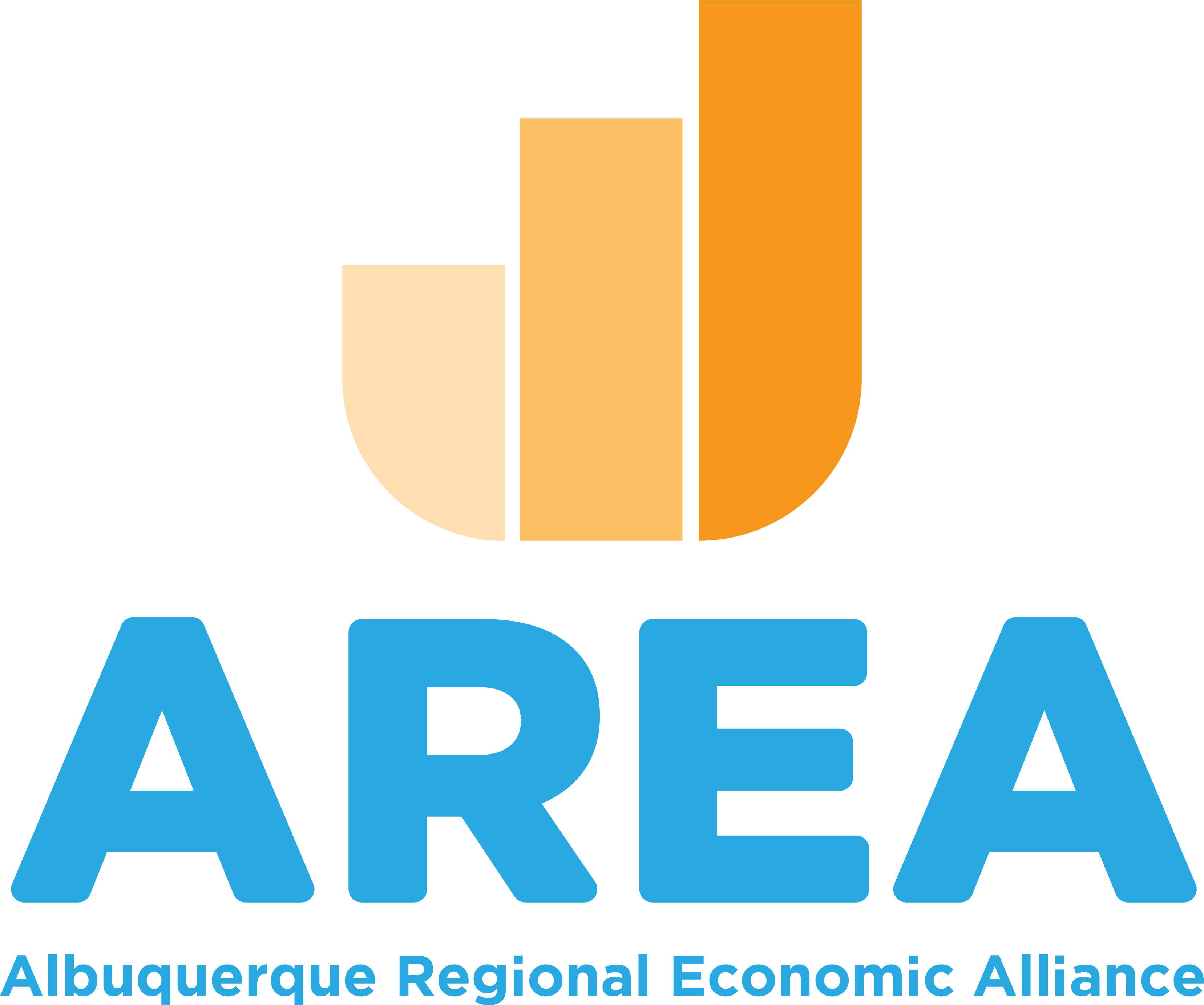For Immediate Release
Date: April 14, 2021
Contact: Danielle Casey, dcasey@abq.org
Regional project assessment tool strengthens AED’s ability to articulate economic impact
Albuquerque Economic Development Inc. has grown its internal toolbox with the ability to better articulate the direct and induced impact of new as well as existing business investments in the region.
ALBUQUERQUE – Albuquerque Economic Development Inc. (AED) has long been an expert entity in the region when it comes to articulating the benefits of investment, job creation and business growth. Now, it is advancing on internal goals of intensifying its internal analysis abilities and make ever more data-driven decisions to articulate its return on investment to members and supporters.
The New Mexico Economic Development Department already calculates impacts in relation to state incentive awards and has been a data-driven leader and tremendous partner with AED.
“This new custom-built model allows AED to enhance its internal efforts to not only understand impacts related to incentive considerations, but also to articulate the negative impacts resulting from the loss of a local firm within the four-county region. It allows us to estimate the impact of a business locating in one part of the region on a different area of the region,” noted Danielle Casey, President & CEO of AED.
Project assessment requirements are common in states around the country in validating the impact an incentive investment is expected to have on a community. They consider inputs such as jobs created and associated wages, capital investment such as equipment purchased, property purchase or lease payments, personal and corporate taxes paid, and more. “The focus of the model created for AED is to get a precise picture of what is being captured locally in economic impacts,” explained Sarah Murley of Applied Economics.
According to the Area Development 35th Annual Corporate Survey, while availability of skilled labor and labor costs both still remain in the top 5 of top site selection factors, state and local incentives have jumped up 5 spots from #14 to #9 in 2020 compared to 2019. This increased focus on cost can be seen in other elements of the top factor rankings and underscore the need to take a holistic view of overall economic impact of a business decision within a community. For example, energy availability and cost as well as inbound/outbound shipping costs have also risen in the ranks.
For years, I have known personally that every time we bring new jobs to region and every time that we help existing businesses grow, that the impact on all of our citizens is enormous. But until now we did not have a way to tell our story better in a data-driven way. This tool provides us with a magnificent opportunity to explain to everyone – citizens, legislators, local elected leaders – exactly what the economic impact is on bringing new businesses here had what happens when we help existing business expand,” commented Roberta Cooper Ramo, Shareholder of Modrall Sperling.
The impact of a business to a regional economy can be demonstrated through this type of economic and fiscal assessment and should also be coupled with a full understanding of its contribution as a corporate leader.
Intel, for example, offers measurements related to its responsible business practices, advancement of diversity and inclusion, commitment to sustainability, and charitable contributions to New Mexico schools and nonprofit organizations.
“Intel is celebrating its 41st anniversary in the region this year, beginning with only 25 employees we now employee 1,800 directly as well as 2,000 contract workers. Intel just published its 2020 RISE Report which is the New Mexico alignment to our corporate strategy. When we talk about economic impact, it is important to consider the ripple effect that occurs in the economy. Our report shows that Intel produced an estimated 1.2 billion economic impact to New Mexico in 2019 and spent $200 million with locally based organizations in 2020.” commented Mindy Koch, the Corporate Services Site Manager at Intel Corporation in New Mexico.
“We are the only salsa company that uses products exclusively from New Mexico, and in support of other business in the region we strictly deal with local companies here in purchasing items from equipment to cardboard and we support local charities and offer employee contribution matches,” noted John Jacobs, Chief Executive Officer for Desert Premium Logistics. During the pandemic, they did not lay off any employees and maintained all employee benefits as well.
Bringing economic impact to the region is also a critical element to social equity and inclusion, and many states across the nation have begun to include criteria for inclusion into economic development incentive programs.
Roberta Cooper Ramo commented that “The most important thing you can do to help with poverty in our state is to make sure that people have an opportunity for good jobs. These are jobs with good wages, fine benefits, and an opportunity to learn new skills. This is why economic development on all fronts is key to making out state a better place for the people who live here.”
For more information on economic impact analysis or other economic development topics visit www.www.abq.org. A recording of the April 14 program on the topic of economic impact analysis can be viewed on AED’s YouTube Channel and the presentation slides on the AED site.
About AED
AED is a private, nonprofit organization whose mission is to recruit business and industry, help local companies grow and generate quality job opportunities throughout the Albuquerque metro area. AED provides confidential assistance to businesses considering the area for expansion and new investment. Since its creation in 1960, AED has recruited more than 250 companies and more than 35,000 jobs to the Albuquerque metro area. AED also provides retention and expansion assistance to existing industry. For more information about AED, visit www.www.abq.org.
###

